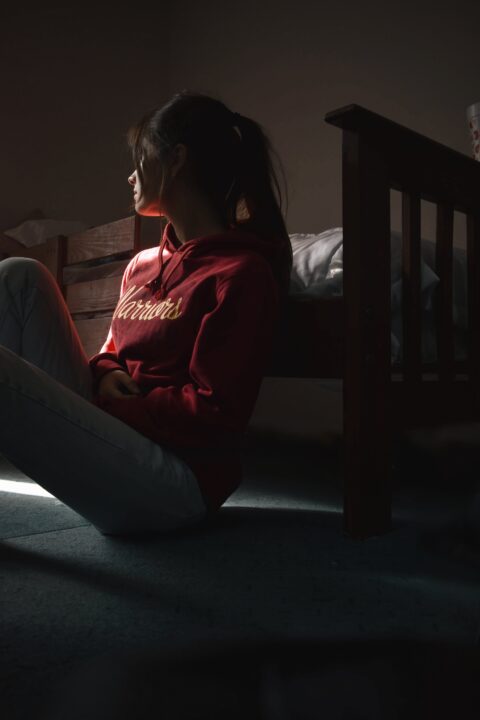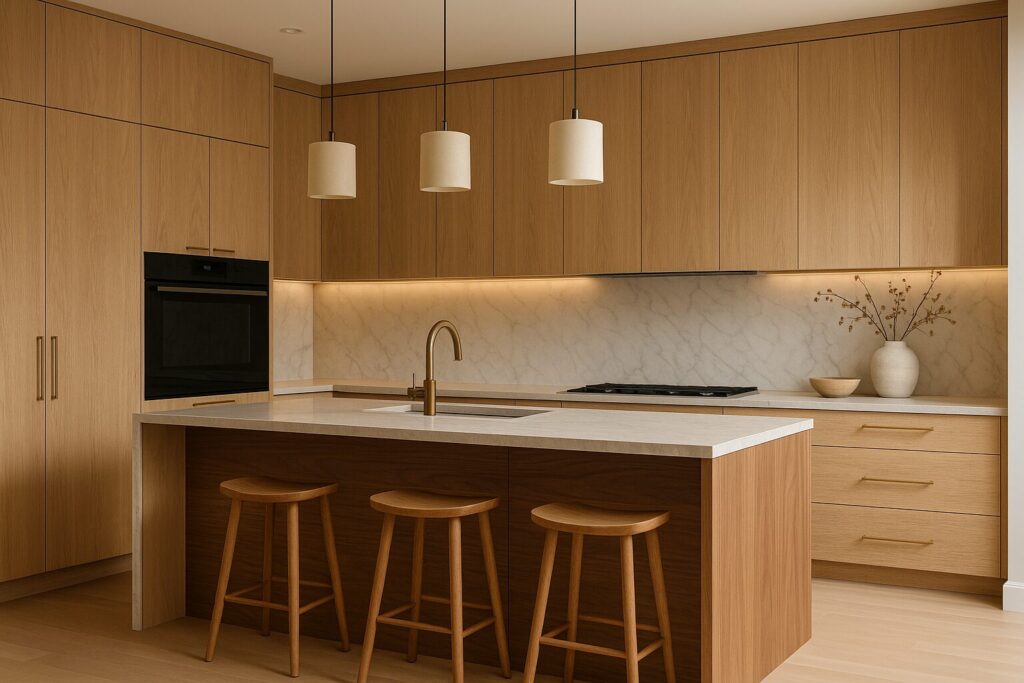People are afraid of a lot of things in life but this fear doesn’t stop them from performing their daily tasks. There are some intense fears, however, that can disrupt a person’s daily life. This type of fear is called phobia. There are many phobias a person can experience, including koinoniphobia.
Koinoniphobia is an intense fear of rooms or people in rooms. This means a person can either have an intense fear of rooms or an intense fear of people in rooms or both.
It is normal to feel anxious when entering a new environment or room full of people but when the thought of meeting people in a room or entering a room results in serious anxiety and panic attacks, we can say a person has koinoniphobia.
In this article, we will explore the symptoms and causes of koinoniphobia. It is my sincere hope that you will be able to diagnose and conquer koinoniphobia in yourself or a loved one.
Do you have Koinoniphobia?
There are some signs that show you have koinoniphobia. These signs can be behavioral, emotional or physical. Some of these signs include:
Sign 1: Refusal To Leave The House
-

sofia alejandra, pexels, 3007355.jpg
If you have koinoniphobia, you will refuse any invitation to step out of your house. Going out means you would meet people and meeting people can occur in rooms. When you have an intense fear of rooms or of meeting people in rooms, you would refuse to leave your house.
You would give excuses for your refusal, masking your fear of being shy, being a homebody or being an introvert. Sometimes, you might even refuse to say what you’re afraid of because it appears irrational.
Sign 2: Choosing Certain Types of Occupation
A person with koinoniphobia would be selective of the occupation they do. Any occupation requiring entering rooms full of people or staying in a room would be a capital NO.
Occupations like public speaking, managerial positions, teaching, and caregiving would be avoided. They prefer remote jobs such as content creation, artistry or online jobs. These jobs would afford them the advantage of being on their homefront or a place they are familiar with, where no one would require them to physically walk into a room.
Sign 3: Avoidance Of School
Deciding to go to school means you would have to enter classrooms and sit in them to learn. Classrooms will have people in them, which is a trigger for a person with koinoniphobia. To avoid this trigger, such a person will avoid going to school and if he must learn, will resort to online schools.
Have you asked yourself why you always choose online school over physical school? Look beyond the excuse of ‘I’m not good with people,’ ‘I’m clumsy’ and ‘I’m shy.’ What is the real reason for avoiding school? If it is because you don’t want to be in a room full of people, then you have koinoniphobia.
Sign 4: Avoidance Of Social Gatherings
-

darina belonogova, pexels, 7208922.jpg
I once heard about a person who was so afraid of being in a room full of strangers that she missed her sister’s wedding. She loved her sister dearly but would not step into the church where the ceremony happened. No persuasion or coaxing would make her move from the car. When she finally made it to the door and peeped inside, she began to hyperventilate and ran back to the car. Koinoniphobia made her miss out on her sister’s big moments.
People who have koinoniphobia would avoid social gatherings. No weddings, birthday parties, gender reveal parties, religious gatherings,or work functions for them.
Sign 5: Refusing to Enter Buildings or Rooms That Have People Inside
A person with koinoniphobia would not dare enter a building or room with people inside. They’d prefer to lose and miss out than take a step into the building or room. They would rather send someone to do the task, attend the meeting than go themselves.
Sign 6: Anxiety
There would be anxious feelings. You would always be on the edge of your seat thinking of all the impossible things that would happen to them if they went inside the room or faced the crowd in the room.
Sign 7: Feelings of being Harm by The People
You would feel the people in the room would harm you. As you stand by the door debating whether or not to turn the handle and go in, your mind goes on overdrive, thinking that would not happen.
You begin to see the people inside the room as your enemies and will do anything to guard yourself from them.
Sign 8: Stress
-

cottonbro studio, pexels, 6756095.jpg
The combined efforts of thinking, anger and anxiety will cause us to be stressed. This stress can further develop into physical symptoms of weakness, crying, or feelings of depression.
Sign 9: Nausea
You might have the feeling of wanting to throw up all the time with nothing coming out.
Sign 10: Palpitations
You might feel your heart racing like it’s running a kilometer in a minute. You might even feel so hot that you start sweating.
Sign 11: Shortness of breath and upset stomach
You’ll feel as though you cannot breathe anymore and might feel discomfort in your stomach region.
CAUSES OF KOINONIPHOBIA
Koinoniphobia can be caused by two factors:
Genetics
If your family has a history of mood swings, anxiety and mental disorders, you are prone to having koinoniphobia.
You might have to check your family history and ask your parents, siblings or relatives questions to be sure.
Environment
A person who has experienced trauma related to rooms or people in rooms is prone to having koinoniphobia. For example, if a loved one died in a room or got kidnapped and was trapped in a room for days.
If you’ve discovered you have koinoniphobia from this article, don’t despair. You can overcome koinoniphobia through therapy. People have done it; you too can. I’m always rooting for you!






